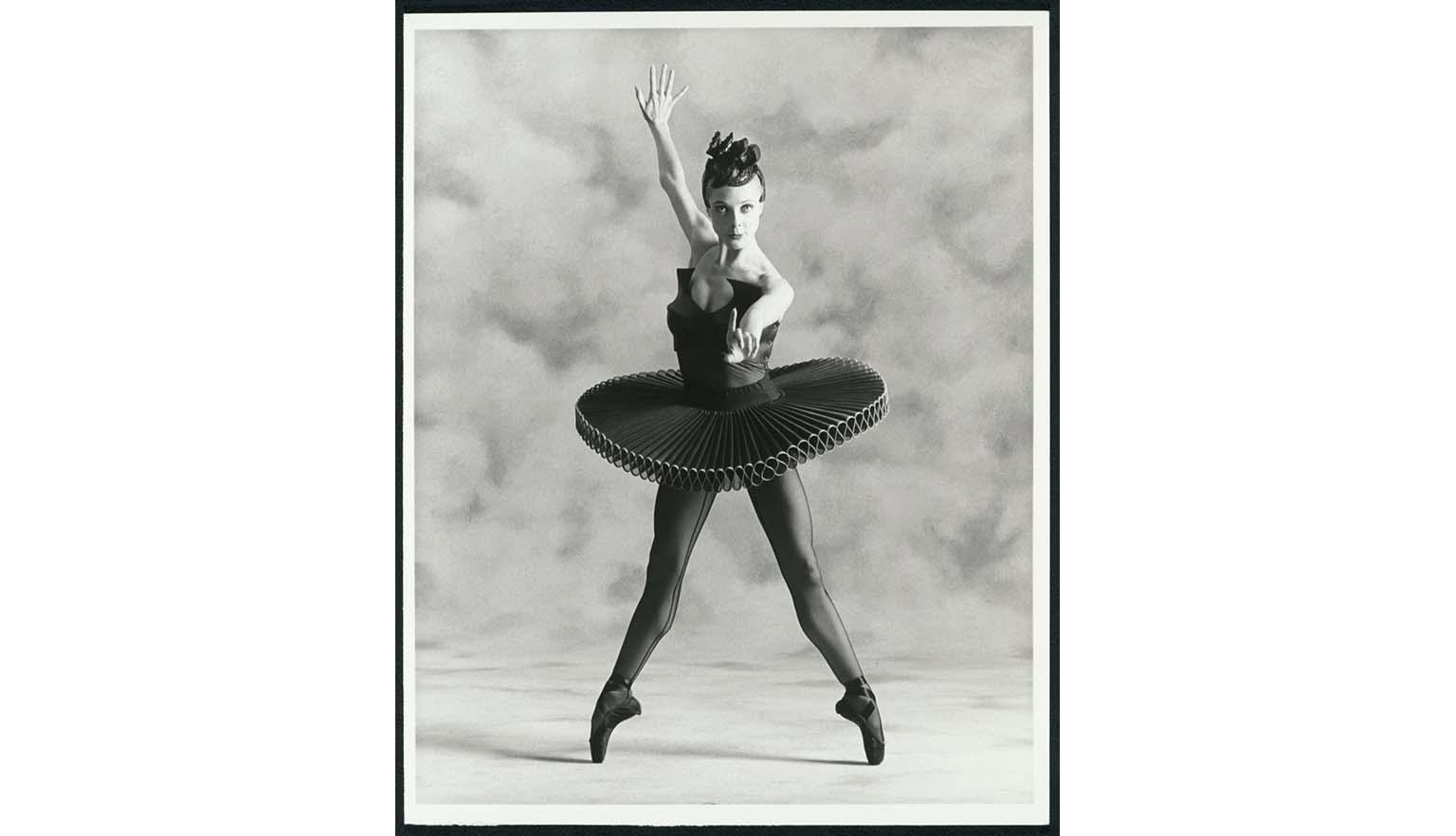On stage
About this module
This module adopts an inquiry-based learning approach that develops students’ skills as historians and broadens their exposure to the history of music, dance and drama in Australia. The module will encourage students to both make and respond to art practices.
On Stage: Spotlight on our Performing Arts
This Digital Classroom module was created in conjunction with an exhibition staged from 4 March to 7 August 2022 On Stage: Spotlight on our Performing Arts.
Copyright for teachers
You can download all collection materials in this resource for education purposes. For more information, go to copyright for teachers.
Topics in this module
This module covers 4 key topics.
Each topic includes an introduction to key concepts, links to key resources in our collection and a series of learning activities that cater for a variety of classroom contexts and learning styles.
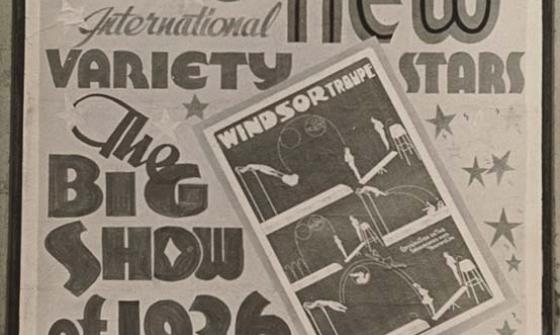
(1936). Frank Neil presents new international variety stars in the Big show of 1936. nla.gov.au/nla.obj-2404782107
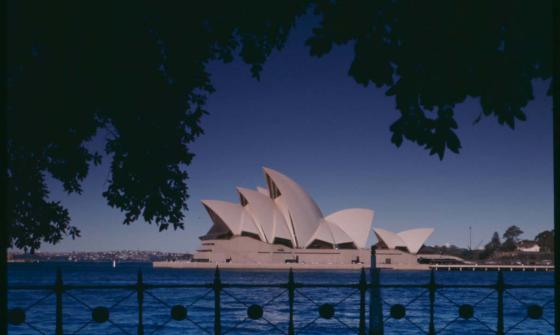
Don McMurdo, [Sydney Opera House], nla.gov.au/nla.obj-146290294
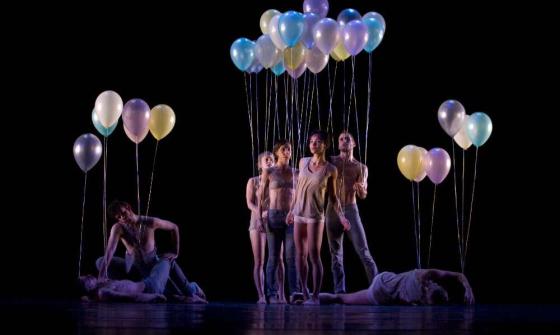
Samuel Cooper & Adam Linder, Dancers on stage during dress rehearsal of Sydney Dance Company's Are we that we are, Sydney Theatre, Sydney, 2010, nla.gov.au/nla.obj-132086627
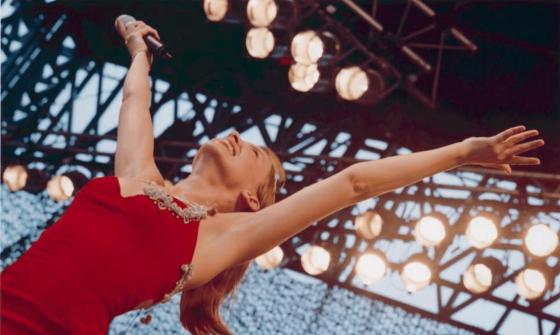
Matthew Sleeth, Australian singer Kylie Minogue performs at the Tour of Duty concert at Dili Stadium, East Timor, 21 December 1999, nla.gov.au/nla.obj-147368307
Introductory activities
Activity 1: Dance
Ask the students to choose a style of dance. Have them investigate the history of this dance style:
- Where did it originate?
- Does it accompany specific music?
- Is it related to any other styles of dance?
- Who are some famous dancers in this style?
- If suitable, have students learn a short dance routine and perform for the class to music.
Activity 2: Drama
- Have students stand in a circle.
- Ask one student to step into the circle and begin acting out a scene.
- At any moment, call out ‘Freeze!’
- Another student enters the circle and starts a new scene, using the frozen pose as a cue.
- Continue until five or six students are in the scene.
- When it’s time to finish, call out ‘Curtains down!’
- All students must wrap up the scene and exit the circle.
- Repeat the activity with a new group of students.
- Provide prompts or scenarios if students are unsure how to begin.
Activity 3: Music
Play students a selection of music from different genres. Ask students to make notes as they listen. Ask them to consider:
- What is the tempo of the music? Does it change throughout the music? (Tempo/rhythm)
- What instruments can they hear? (Arrangement)
- How does the music make them feel? Does it sound happy or sad? (Tone)
- Can they identify patterns or recurring themes? (Structure)
- After the music pieces are finished, engage the class in a discussion about the music they heard and what they wrote down. What things did the class agree on? Were there any differences?
Concluding activities
Activity 4: Dance costume design activity
Have the students listen to this oral history recording from Kristian Fredrikson (1940–2005): Timestamp: 00:00-03:37
- Have the students discuss and explore costume styles from different parts of the world.
- Taking some ideas from Kristian’s recording, have the children design their own costume for a dancer.
Activity 5: Historical
Access the newspaper article about Harry Houdini and ask the students to write a short play based on the life of Houdini, as written about in the article.
Activity 6: Drama
As a class, read a book (or continue a book the class is already reading) and then have students, working in groups, re-imagine a chapter of the book as a theatrical production. Have them write a script with action directions and character lines. Get them to think about how they can use their bodies to convey emotions and represent abstract or physically improbable ideas or scenarios.
Activity 7: Music
Have students create a short piece of music based on their favourite item or toy. Print out a blank music score available online. Encourage the students to think about the tone and feeling of the piece. For simplicity keep within one octave and monophony. As an extension have students attempt polyphony. This may be easier with a keyboard or piano, there are also many apps that simulate a keyboard instrument.

Loui Seselja, Flying Fruit Fly Circus trapeze performance at the opening ceremony of the National Museum of Australia, Canberra, 11 March 2001, nla.gov.au/nla.obj-146590891
Loui Seselja, Flying Fruit Fly Circus trapeze performance at the opening ceremony of the National Museum of Australia, Canberra, 11 March 2001, nla.gov.au/nla.obj-146590891
Curriculum links
This resource is aligned to the Australian Curriculum: The Arts for year 6 students.
- Explore ways that the elements of dance are combined to communicate ideas, perspectives and/or meaning in dance across cultures, times, places and/or other contexts (AC9ADA6E01)
- Explore the ways that First Nations Australians use dance to continue and revitalise cultures (AC9ADA6E02)
- Develop and practise technical and expressive skills using safe dance practice and the elements of dance (AC9ADA6D01)
- Manipulate the elements of dance and/or choreographic devices to choreograph dances that communicate ideas, perspectives and/or meaning (AC9ADA6C01)
- Practise and perform dances using technical and expressive skills in informal and/or formal settings (AC9ADA6P01)
- Explore ways that the elements of drama are combined to communicate ideas, perspectives and/or meaning in drama across, cultures, times, places and/or other contexts (AC9ADR6E01)
- Explore the ways that First Nations Australians use drama to continue and revitalise cultures (AC9ADR6E02)
- Explore ways to combine the elements of drama to communicate ideas, perspectives and/or meaning in improvisations, devised drama and/or scripted drama (AC9ADR6D01)
- Develop characters and situations, and shape and sustain dramatic action to communicate ideas, perspectives and/or meaning in improvised, devised and/or scripted forms (AC9ADR6C01)
- Rehearse and perform improvised, devised and/or scripted drama in informal and/or formal settings (AC9ADR6P01)
- Explore ways that media languages and media technologies are used in media arts works and practices across cultures, times, places and/or other contexts (AC9AMA6E01)
- Explore ways First Nations Australians use media arts to continue and revitalise cultures (AC9AMA6E02)
- Develop media production skills to communicate ideas, perspectives and/or meaning through manipulation of media languages, including images, sounds, texts and/or interactive elements, and media technologies (AC9AMA6D01)
- Use media languages, media technologies and production processes to construct media arts works that communicate ideas, perspectives and/or meaning for specific audiences (AC9AMA6C01)
- Present media arts works in informal and/or formal settings using responsible media practice (AC9AMA6P01)

